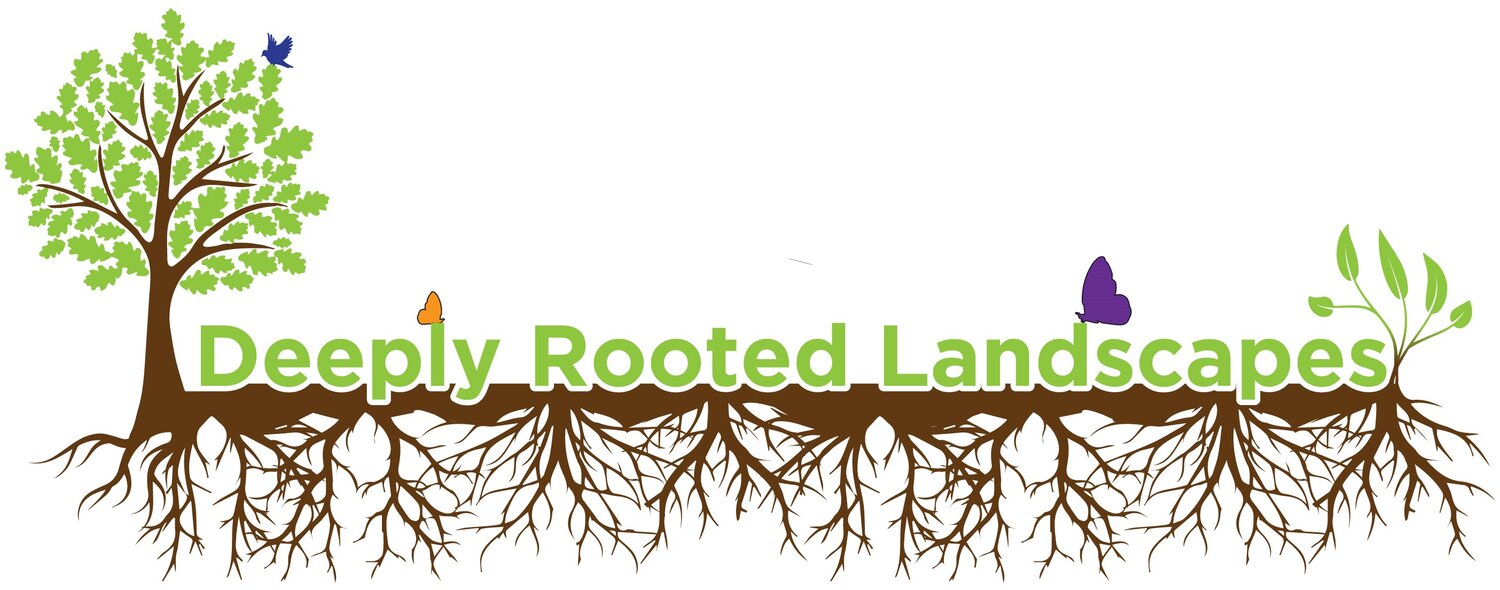No Mow May
No Mow May is a movement started in the UK and soon adopted by cities around the United States. You’ve probably begun to see this year’s posts about it and wondered what it was all about. It does sound pretty simple - just stop mowing for a month! But, the originators of the project and those who continue it have more in mind than can be conveyed in a snappy title.
Some areas have taken the phrase ‘No Mow May’ literally, and some conservation organizations have created signage and other information that folks can post in their yards if they’re doing no or less mowing through the month of May. As the native plant and ecological restoration movement gains momentum, though, most people are using No Mow May to highlight what having more wild spaces does for our little ecosystems - our yards!
When forgoing mowing isn’t ideal
Letting your yard grow wild sounds nice - it’ll just become a gently waving meadow, right? Well… probably not. If you live in an urban or suburban neighborhood, you’ll likely just have tall (non-native) grass along with a few non-native (and probably invasive) plants, like creeping jenny, dandelions, burdock, bindweed, and dock.
While taller stands of grasses (native or not) have been shown to benefit bee populations, this isn’t the best approach for several reasons. We don’t want to encourage non-native (and often invasive) plant species to proliferate in lawns or elsewhere, and a front yard full of what most people consider weeds probably won’t convert anyone who sees it to a fan of “wild spaces.”
When mowing less makes sense
Numerous studies (undertaken throughout the United States) show that bees, but also numerous other pollinators, benefit greatly from a lawn mown less often. The increase in diversity of flora and fauna recorded on these studied sites remained the same whether the lawn size was large or small, showing that even a small plot of land mown less often can make a huge difference.
Additionally, the number of “pest” insects (ticks, mites, and others) actually decreases in lawns that are mown less frequently.
Do you have a small area in your backyard that you could mow less? Or a narrow strip in the front yard that could serve as a bee buffer, allowing bees and other insects to enjoy the plants growing there for a bit longer between mows? Bee City USA offers signage that you could use to help educate those who pass by your low-mow lawn area and give them an idea of what you’re trying to accomplish in your yard. We especially like the “Low Mow Spring” sign.
Other ways to make a difference
While participating in low mow spring, consider areas of your yard that could permanently become wilder spaces. Planting native plants, trees, and shrubs automatically makes your yard a little pocket of usable space for bees, butterflies, insects, birds, and other wildlife. Consider expanding an existing garden and using that space for native plants. Need help with how to choose or design a garden bed? We can help with that!)
Even in neighborhoods governed by HOAs (or unspoken “neighborhood rules” regarding what lawns and gardens should look like), there is room for wildness. Do you have a stick pile where you place fallen branches and twigs before you mow? That’s habitat for all manner of tiny creatures. Do you “leave the leaves”? A leaf pile is insulation for queen bumblebees as they overwinter and for numerous other insects that make leaf piles their winter home.
Start small if the idea of “rewilding” your lawn or yard sounds overwhelming. Each native plant in a landscape supports many different insects and animals. For instance, one black-eyed susan plant (certainly among the most beloved of native flowering plants!) feeds numerous native bee species and several kinds of butterfly larvae (caterpillars!), provides seed for birds, and, if the stems are left over the winter, provides habitat for overwintering insects.
No Mow May is a catchy phrase that hopefully helps us investigate further where we can each make a difference in our yards in springtime and beyond.

